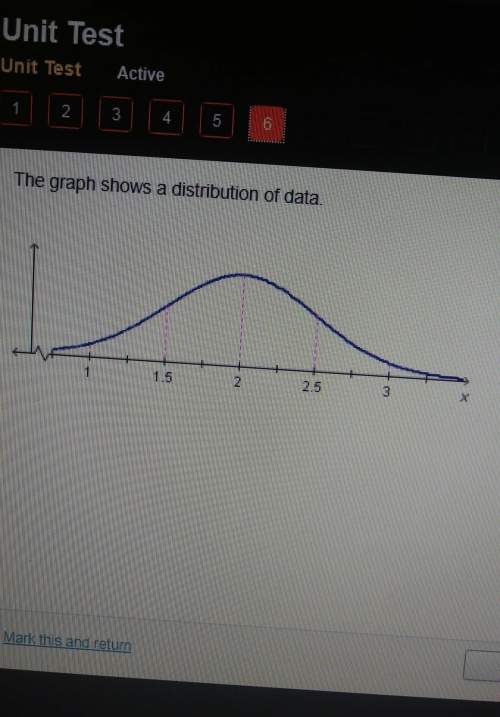
Mathematics, 20.02.2020 23:24 vlactawhalm29
Lady Guessing Coin Flips. There is a famous story involving statistician (Sir Ronald Fisher) and a lady (Muriel Bristol). The lady claimed that, when tasting tea with milk, she can positively determine whether tea or milk had been poured in a cup first. Fisher designs an experiment with 8 cups, 4 in which milk was poured first and 4 in which tea was poured first. Muriel correctly guesses in all 8 cases. This has come to be known as the Lady Tasting Tea Experiment and the example is often used to illustrate Fisher’s exact test.
Now, imagine another lady who claims ESP and the ability to predict results in subsequent flips of a fair coin. A fair coin is flipped 16 times and the lady correctly predicts the outcome 15 times. Let p be the probability of the lady guessing correctly.
Test a precise hypothesis H0 : p = 0.5 (guessing) versus the alternative H1 : p > 0.5 (presence of ESP), in Bayesian fashion.
To test a precise hypothesis in Bayesian fashion, a prior with a point-mass is needed. Assume that the prior on p is:
π(p) = π0 δ0.5 + π1 U(0.5, 1) = 0.95 δ0.5 + 0.05 · 2 · 1(0.5 < p < 1),
where δ0.5 is point-mass at 0.5, and U(a, b) is uniform distribution on (a, b). From the form of the prior we see that prior probabilities of the null and alternative hypotheses are P(H0) = π0 = 0.95 and P(H1) = π1 = 1 − π0 = 0.05. Thus, apriori we are sceptic of lady’s ESP, and favor H0.
(a) Find the posterior probabilities of hypotheses, p0 and p1, and Bayes Factor.
(b) What is the assessment of H1 according to Jeffreys scale, i. e., is the experiment convincing that the lady possesses ESP?

Answers: 1


Other questions on the subject: Mathematics

Mathematics, 21.06.2019 17:00, SillyEve
In tossing one coin 10 times, what are your chances for tossing a head? a tail? 2. in tossing one coin 100 times, what are your chances for tossing a head? a tail? 3. in tossing one coin 200 times, what are your chances for tossing a head? a tail? deviation = ((absolute value of the difference between expected heads and observed heads) + (absolute value of the difference between expected tails and observed tails)) divided by total number of tosses. this value should always be positive. 4. what is the deviation for 10 tosses? 5. what is the deviation for the 100 tosses? 6. what is the deviation for 200 tosses? 7. how does increasing the total number of coin tosses from 10 to 100 affect the deviation? 8. how does increasing the total number of tosses from 100 to 200 affect the deviation? 9. what two important probability principles were established in this exercise? 10. the percent of occurrence is the obtained results divided by the total tosses and multiplied by 100%. toss the coins 100 times and record your results. calculate the percent occurrence for each combination. percent head-head occurrence: percent tail-tail occurrence: percent head-tail occurrence:
Answers: 3

Mathematics, 21.06.2019 18:30, AgentPangolin
If, while training for a marathon, you ran 60 miles in 2/3 months, how many miles did you run each month? (assume you ran the same amount each month) write your answer as a whole number, proper fraction, or mixed number in simplest form. you ran __ miles each month.
Answers: 1

Mathematics, 21.06.2019 20:00, martinezjulio1976
Use the elimination method to solve the systems of equations. choose the correct ordered pair. 7x+4y=39
Answers: 1
You know the right answer?
Lady Guessing Coin Flips. There is a famous story involving statistician (Sir Ronald Fisher) and a l...
Questions in other subjects:


History, 17.08.2019 22:20


Physics, 17.08.2019 22:20




Mathematics, 17.08.2019 22:20






